Creeping Oregon Grape (Mahonia Repens) – 1 Gallon Pot
$43.97 Original price was: $43.97.$30.78Current price is: $30.78.
SKU: D2LSC 1250747645 Category: FRAGRANT PLANTS
- No Compromise on Quality
- Shop quality, shop with us.
- Quality products for every lifestyle.
- Fast and Secure Payments

Creeping Oregon Grape
Mahonia repens
Common Names: Creeping Mahonia, Grapeberry Creeping Mahonia
Plant Details
USDA Plant Hardiness Zones: 5a-8b (4?) Find Your Zone
Plant Type: Evergreen Flowering Shrub
Height at Maturity: 18-24″
Width at Maturity: 3-4′
Spacing: 2.5-3′ for solid hedges or mass plantings; 6’+ for space between plants
Growth Habit / Form: Spreading Mound
Growth Rate: Moderate to Fast when established
Flower Color: Yellow
Flower Size: Small, 0.5″ in clusters
Flowering Period: Late Winter, Early Spring
Flower Type: Single, in rounded clusters
Fragrant Flowers: Yes
Foliage Color: Dark Green
Fragrant Foliage: No
Berries: Yes, grape-shaped, edible
Berry Color: Blue
Sun Needs: Full Sun, Partial Sun, Shade or Mostly Shade, All Day Filtered Sun
Water Needs: Average; Very Low when established
Soil Type: Clay (Amend heavy clay to ensure good drainage), Loam, Sandy, Silty, Rocky
Soil Moisture / Drainage: Moist But Well Drained, Dry Once Established
Soil pH: 6.0 – 8.0 (Slightly Acid to Slightly Alkaline)
Maintenance / Care: Very Low
Attracts: Visual Attention
Resistances: Cold Temperatures (-20F / Zones 5-8), Deer – more info, Disease, Drought, Poor Soil, Heat, Insect
Description
A shrublet that is often used as a groundcover due to its low and spreading habit, the Creeping Oregon Grape, Mahonia repens, grows to around 1 foot to 18 inches tall very slowly creeping to 4 feet or so over time. It features highly attractive and ornamental holly-like evergreen leaves that are blue-green and turn to showy bronzy-purple to red shades in winter. In late winter to spring small clusters of fragrant bright-yellow flowers adorn the mound. The flowers are followed by edible blue berries resembling grapes, hence the common name, and we hear they are great for making a delicious jelly. This is perfect plant for use as a specimen or as a groundcover in a partial to fully shaded garden bed, woodland setting or home foundation planting. Combines beautifully with other types of Mahonia, Aucuba, Illicium (Anise), Cast Iron Plant, Hosta lilies, Heuchera, perennial ferns and other shade loving plants and trees.
Landscape & Garden Uses
Growing 1 to 2 feet tall and spreading slowly to 4 feet wide, the Creeping Oregon Grape is ideal for use as an accent in small garden spaces or as a solo or combined with other plants in containers, or in groupings or mass plantings larger landscape and woodland borders and home foundation plantings. A fine addition to shade gardens, yellow theme gardens, cottage gardens, rock gardens, Asian gardens, woodland gardens and tropical look gardens. Consider Creeping Jenny or Vinca minor (Evergreen Periwinkle) as an underplanting.
Suggested Spacing: 2.5 -3′ apart for solid hedges or mass plantings; 6 feet or more apart for space between plants
How To Measure Total Square Feet Of A Planting Area
How Many Plants Needed To Cover A Planting Area?
Growing Preferences
Creeping Oregon Grape is very easy to grow in most any moist but well-drained soil of average fertility and shade to part shade. Morning sun with afternoon shade is okay, but avoid direct afternoon sun. That said, in cool summer climates we hear it will grow in full sun. Drought tolerant when established and very easy to maintain requiring little or no pruning.
Plant Long & Prosper!
Meet the Wilson Brothers & Staff
Questions? Contact Us
Be the first to review “Creeping Oregon Grape (Mahonia Repens) – 1 Gallon Pot” Cancel reply
Related products
-30%
-30%
-30%
-30%
-30%
-63%
-30%
-30%



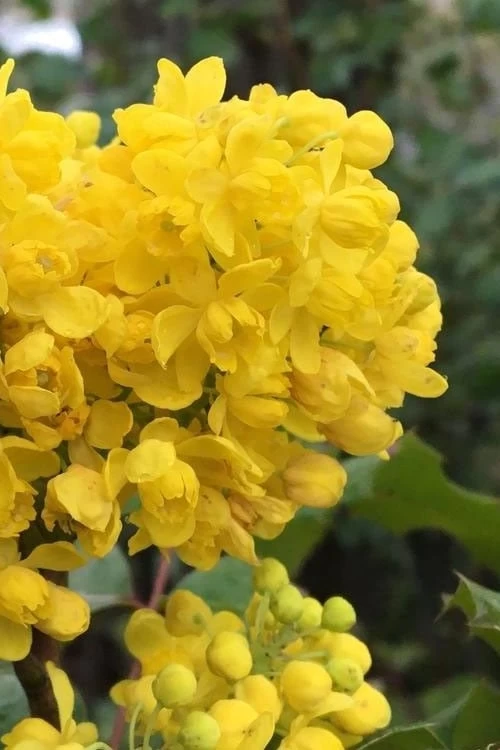
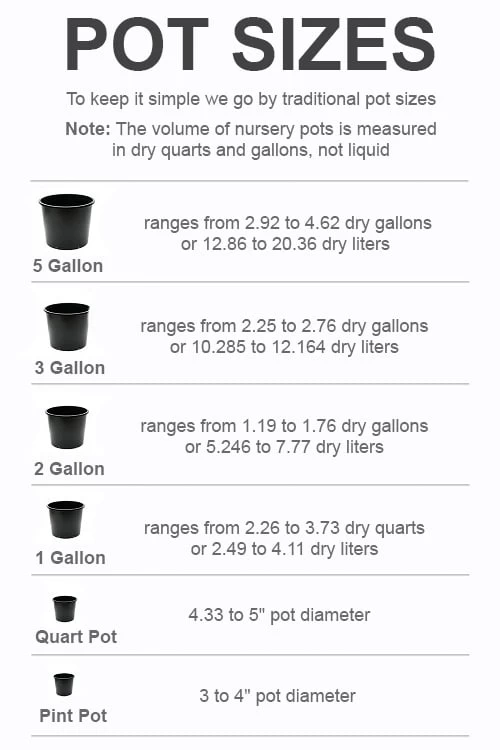

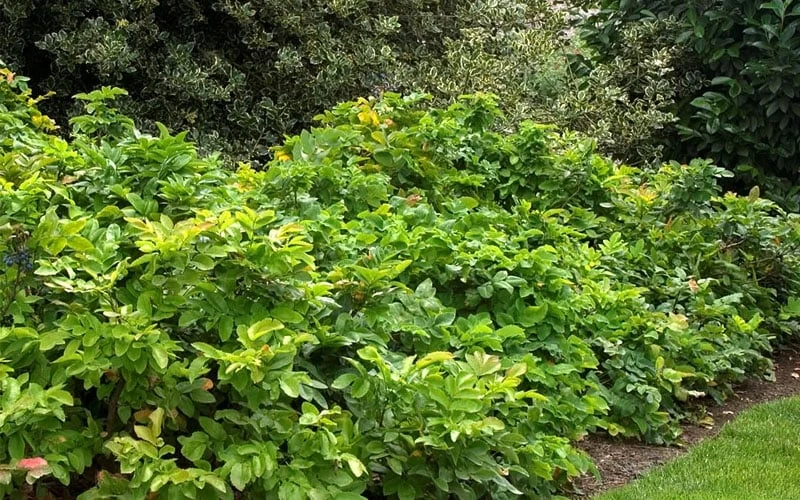
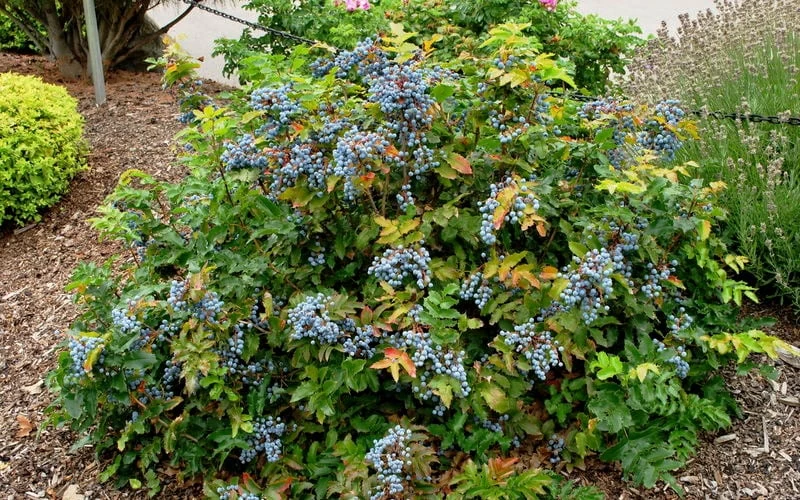
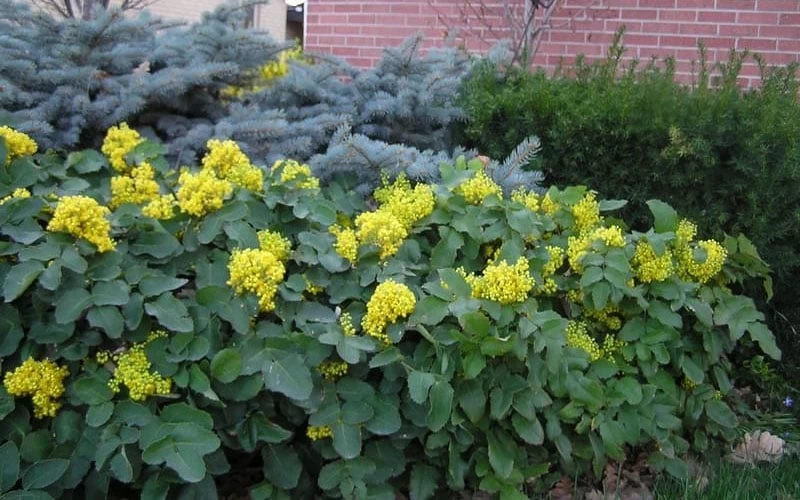

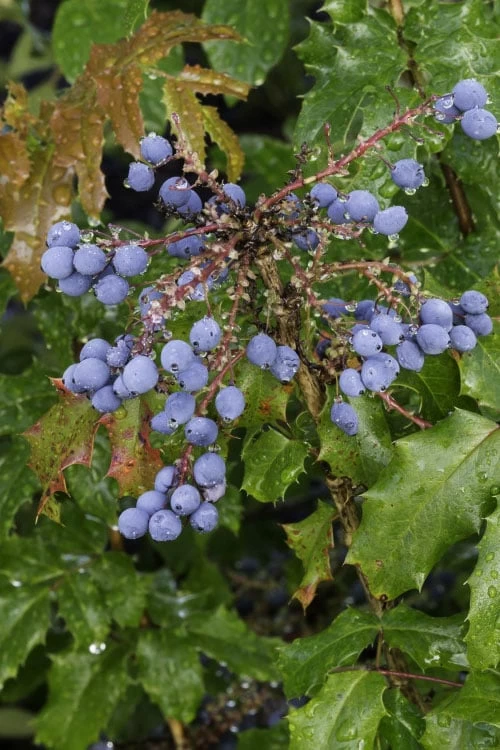

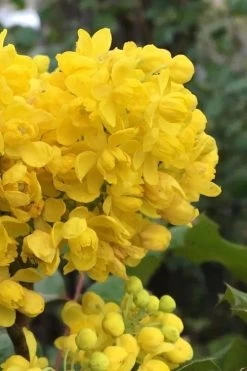

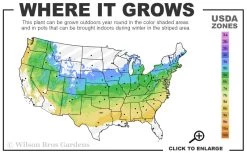
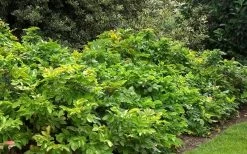
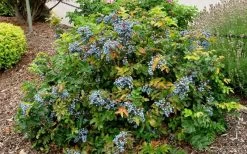
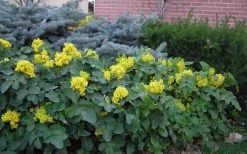

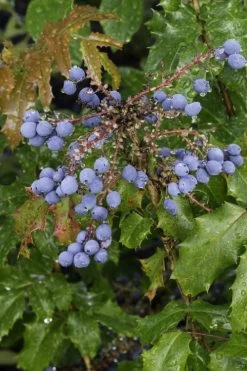
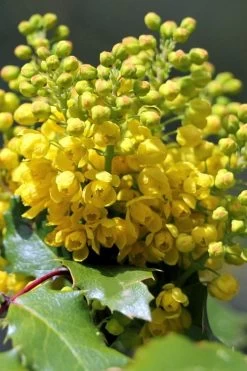


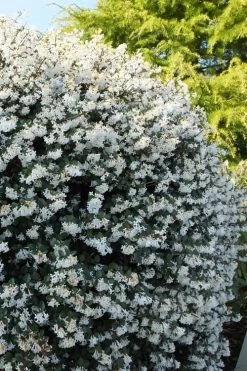
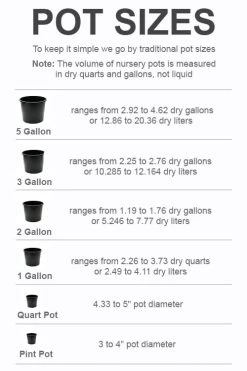
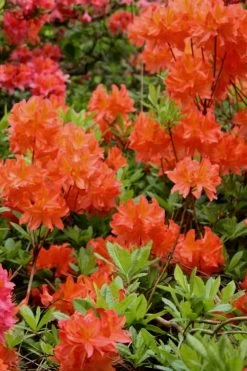
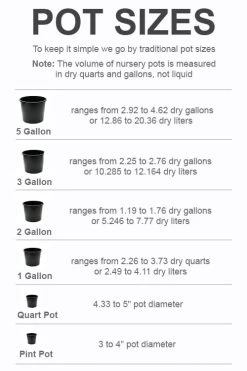


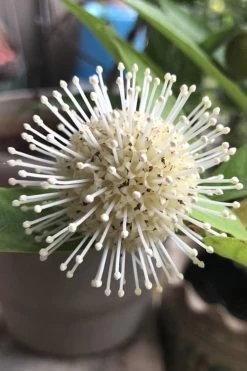
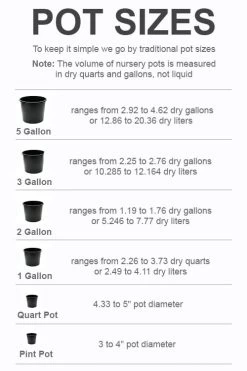
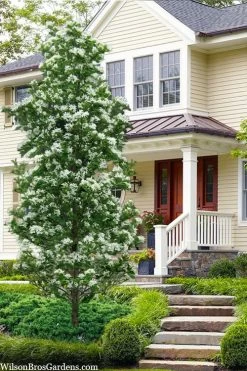

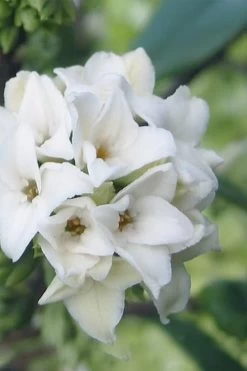

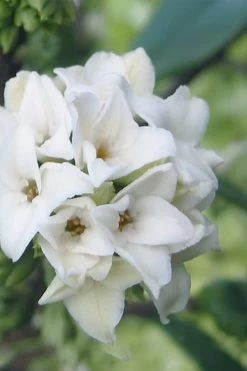
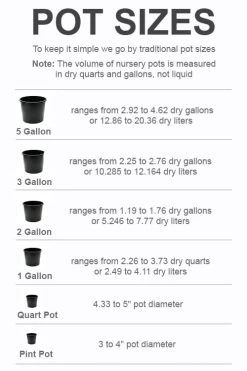
Reviews
There are no reviews yet.